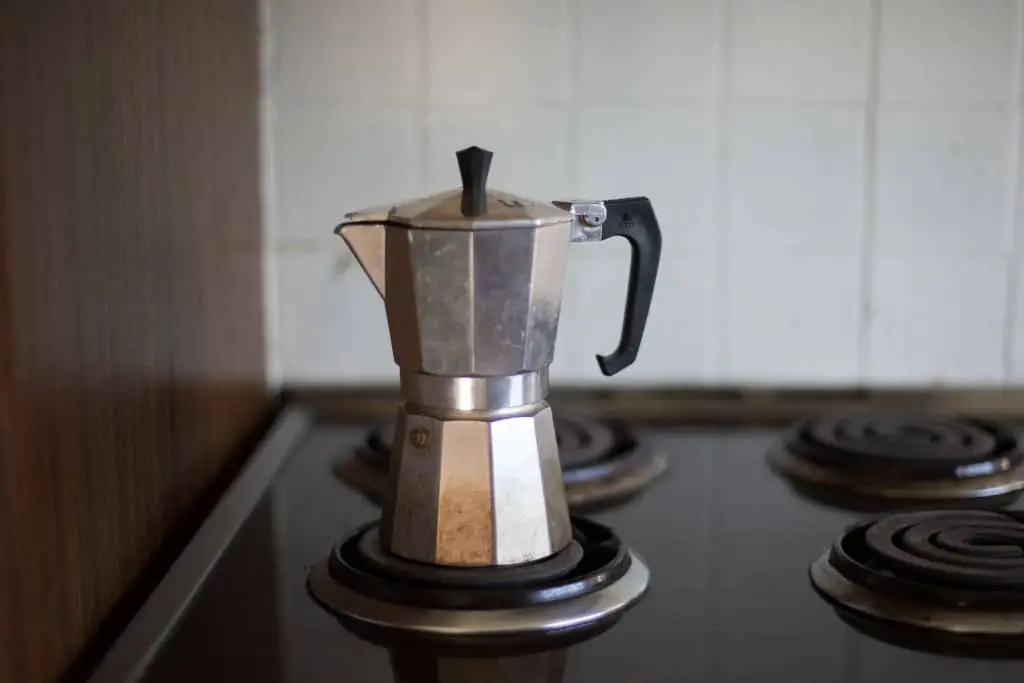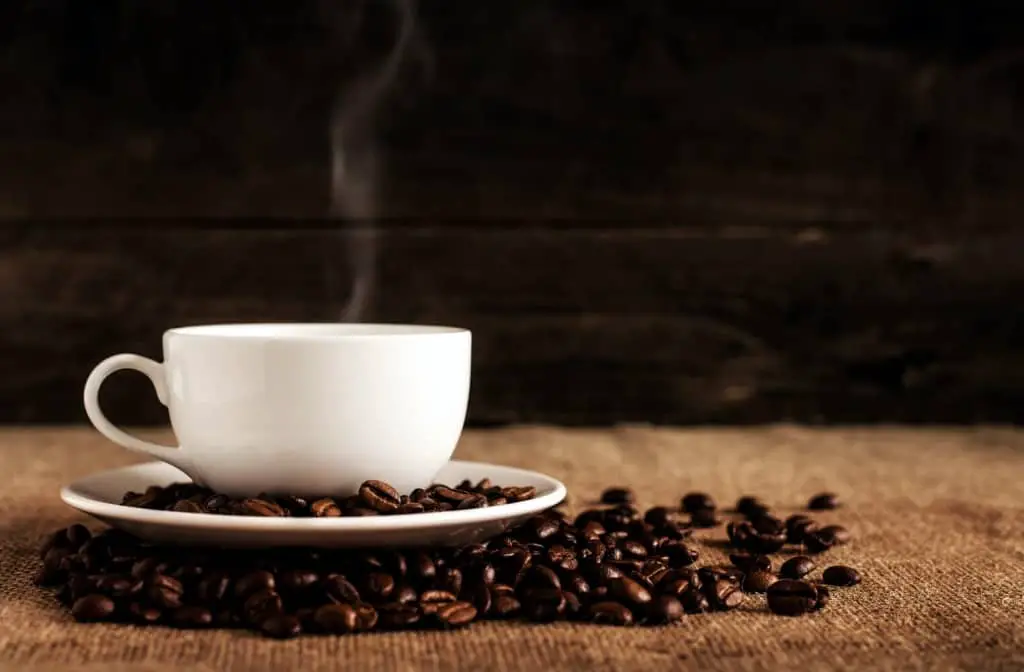As an Amazon Associate I earn from qualifying purchases.
Whether it’s to stir up your brain or to stir up your bowels, you drink coffee. And once you start drinking coffee, it’s hard not to end up loving coffee. And once you love coffee, it’s impossible to just leave it at one type of coffee and coffee maker. They say that getting tattoos is addictive – once you get one, you gotta have more. I don’t know about tattoos, but as a coffee lover, that has been my exact experience with coffee makers.
So anyway – as you’re not a brute that drinks instant coffee, or at least you’ve decided to leave your philistine ways behind – you need to pick your first (or next, in my case) coffee maker. This time, we’ll look at percolators and drip coffee makers – what their similarities are, what their differences are, how they work, and what sort of coffee they produce. With all this knowledge under your belt, you’ll know exactly what you want for your next caffeine fix.
Here’s a quick overview of what to expect:
| Coffee Maker | Strength | Nuance in flavor | Portability | Cleaning |
| Percolator | Usually stronger and bolder (can be adjusted to taste) | Generally less nuance | Easily portable | Easy |
| Drip Coffee Maker | Milder taste | Notes in flavor more detectable | Not very portable | More difficult |
How Do Percolators Work?
The beginnings of the humble percolator were conceived by the Parisian tinsmith Joseph-Henry-Marie Laurens, then moved to Franklin, Massachusetts via James Nason, for it finally to be patented in the modern, stove-top version we know today by Hanson Goodrick from Illinois in 1889.
The percolator had its glory days in the 19th century and the beginning of the 20th century – but its glory was somewhat diminished after the 1950s. Throughout Europe, it was being quickly replaced by the Italian Moka pot. In the States, siphon brewing was becoming increasingly popular. And in the 1970s, the booming success of drip coffee makers pushed percolators further in the background.

Still, percolators maintain their place in the coffee-loving community and remain a favorite among campsites and church gatherings. So how does the modern percolator work?
Percolators rely on gravity to recycle the water through the coffee as many times as needed to achieve the desired strength. They have two chambers – an upper and a lower one. The two chambers are connected through a thin, metal tube and divided with a porous metal tray that contains the coffee grounds.
You start off by putting water in the bottom chamber, coffee beans in the upper chamber, and placing the percolator on a heat source (stovetop or a portable gas burner/stove). As the water heats up and turns into steam, it moves to the upper chamber through the metal tube. In the upper chamber, it turns back into a liquid and drips onto the coffee beans (this is the extraction process), and through the porous tray back into the bottom chamber.
After a single cycle, you basically have a ready cup of coffee waiting for you in the bottom chamber. However, you can allow the coffee to repeat the cycle as many times as you like, depending on how strong you want your coffee. The more concentrated you want your cup of joe, the more cycles it’ll need to go through.
What Size Coffee Grounds Should I Use with a Percolator?
Percolators don’t use paper filters, but only the porous metal tray where the coffee is placed. This means that if you use medium or finely ground coffee, you’ll end up with a lot of unpleasant sediment in the end result. That’s why it’s best to use coarse grounds with percolators. Plus, as coarse grounds are slower to extract, you’re less likely to end up with an over-extracted, bitter cup of coffee even if you let the water repeat the cycle a few times.
Who Do We Recommend Percolators For?
Travelers. You don’t need electricity to make coffee in percolators – all you need is fire. Plus, they’re quite lightweight and easily portable.
Parties. If you’re looking for something big that can fit a lot of coffee for a lot of people, you can also find some pretty large percolators, which are often used for symposiums and weddings.
How Do Drip Coffee Makers Work?
Drip coffee makers are kind of like a cross between pour-over coffee and percolators. Except, unlike these two contraptions, modern drip coffee makers are automated. Drip coffee makers are super easy to use and simple to set up, which is why they’ve been adorning kitchen counters in homes, offices, and hotels in the US since the 1970s. If you remember our short history lesson on percolators from earlier, you’ll remember that drip coffee makers are one of the main new products on the scene that pushed out percolators.
So, how do they work?
Drip coffee makers consist of a water reservoir, a metal tube (similar to the one that percolators use), a shower-head-like valve, a coffee tray, and a carafe. The water is placed in the water reservoir and heated until it turns into steam, which then travels up the thin tube (like in a percolator). At the end of the tube, the steam turns back into liquid, which is dripped over the coffee beans that are placed in the tray – usually on a paper filter (like in pour-over coffee!). The water drips through the filter into a carafe, which is usually placed on another heating element to keep the coffee warm.

While we’ll outline the differences between drip coffee makers and percolators in more detail, the main difference between the two is that when using the former, water goes through the coffee grounds only once, while a percolator recycles the same water several times – although this, too, can be adjusted.
The elegant simplicity of a drip coffee maker is what makes it so popular. All you have to do is put water in the container, add coffee on the tray, and turn the machine on. You can walk away and get ready for the day, or do some work, and return half an hour later with still warm, still fresh coffee waiting for you.
What Size Coffee Grounds Should I Use with a Drip Coffee Maker?
As drip coffee makers use paper filters, you can use medium or medium-fine grind. A good rule of thumb is choosing medium-fine grind for a flat-bottomed funnel and medium grind for a conical funnel. In addition to paper filters, the fact that the water is cycled through only once makes it a good idea to use a finer grind than you would with a percolator. A single cycle means that the coffee won’t be over-extracted, but the finer grind ensures that it won’t come out tasteless, either.
Who Do We Recommend Drip Coffee Makers For?
Homes, offices, dorm rooms. Drip coffee makers are great for any place where they’ll be stationed for a longer period of time. All you need is electricity! They’re especially a good choice for multi-person households and offices. The machine will do everything on its own, and supply everyone present with a cup of coffee. Keep in mind, however, that large drip coffee makers are still usually smaller than large percolators.
What Are the Differences Between a Percolator and a Drip Coffee Maker?
You can already see that there are some differences between a percolator and a drip coffee maker in the way they work:
- A drip coffee maker has a separate reservoir for water and a separate carafe for the end product – coffee. A percolator only has one reservoir, which starts off as water and ends up as coffee.
- A drip coffee maker cycles the water only once, while a percolator can recycle the water as many times as you like.
- Drip coffee makers are automatic, while percolators generally need a separate heat source (stovetop or gas burner). Of course, there are also electric percolators available today.
- A percolator doesn’t use paper filters, while drip coffee makers do.
The way these machines work naturally has an effect on the difference in taste that we get from the coffees they produce. As percolators recycle the same water over and over again, the coffee is bolder and stronger. Of course, you can get a milder taste from your percolator by letting the water cycle through only once. The longer the coffee brews, the more cycles it turns, the more extracted the beans and the bitterer the taste.
In all honesty, no matter how strong you like your coffee, you probably don’t want that kind of bitterness, so it’s best to pay attention to your percolator as it brews, lest your coffee become undrinkable.
Drip coffee makers produce milder-tasting coffee because they only cycle the water through once. This allows for more nuanced notes in the coffee beans to be detectable, a joy for the palate. If you want your drip coffee to be stronger and a bit more bitter, you can use very finely ground coffee beans.
